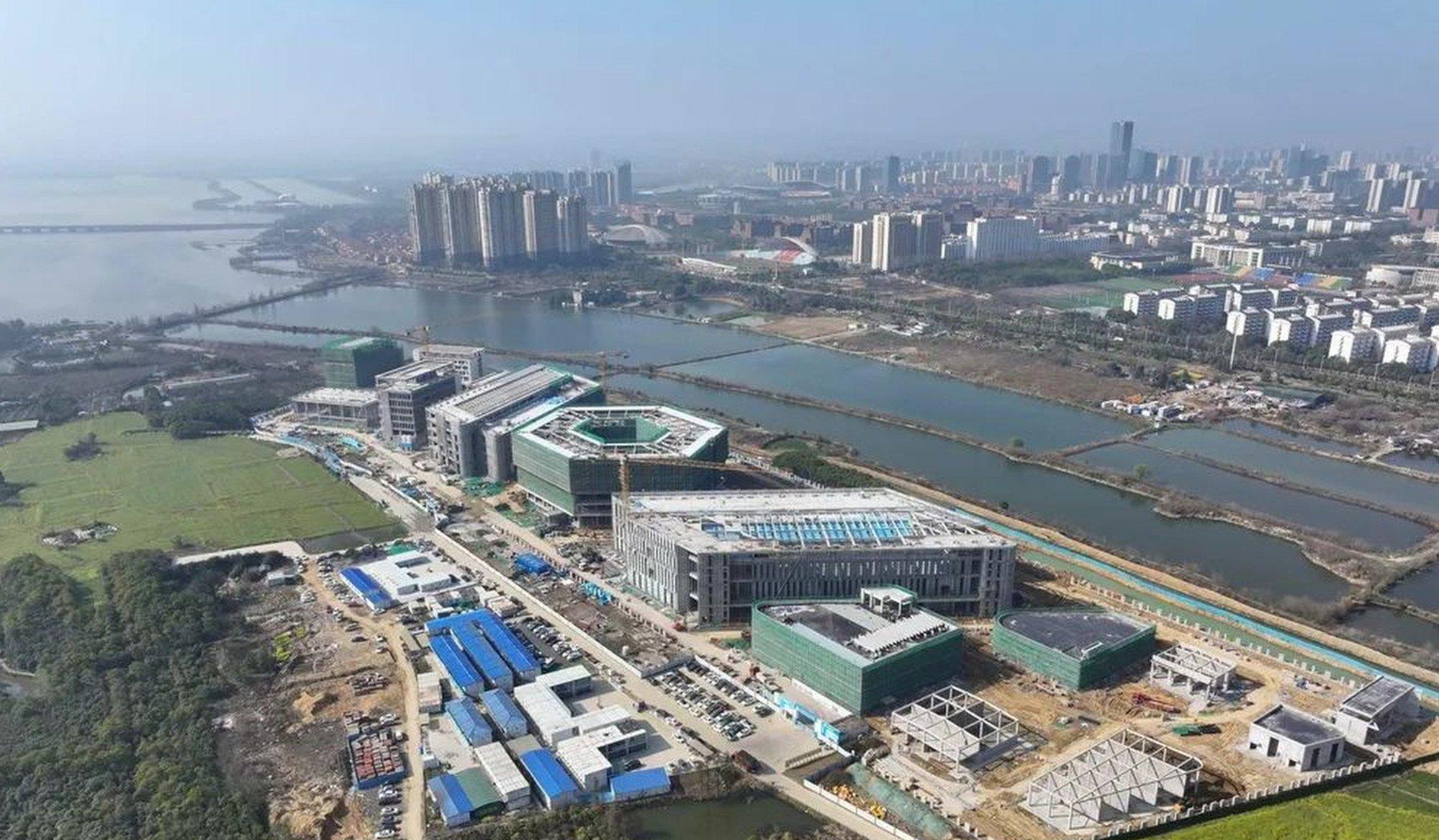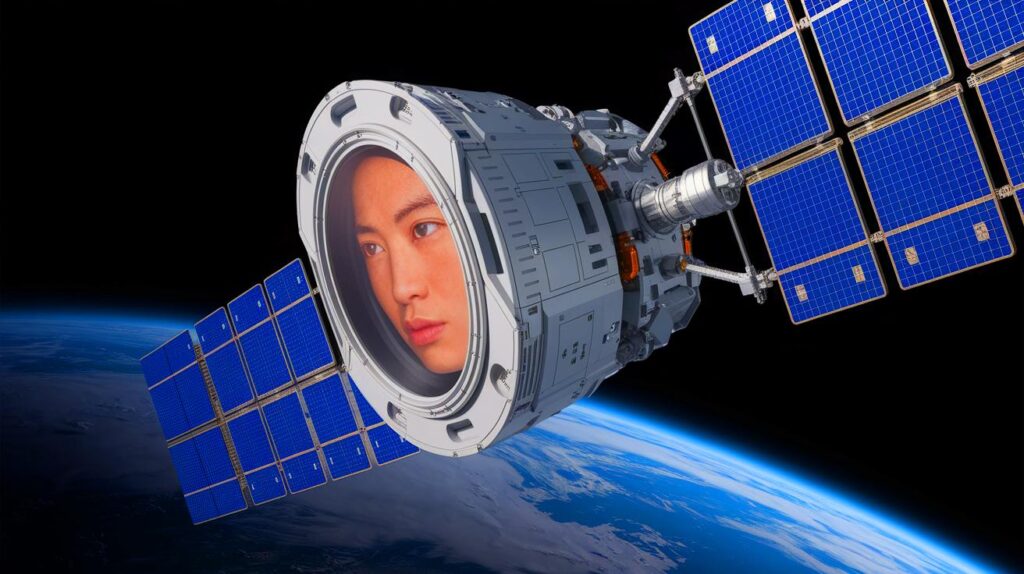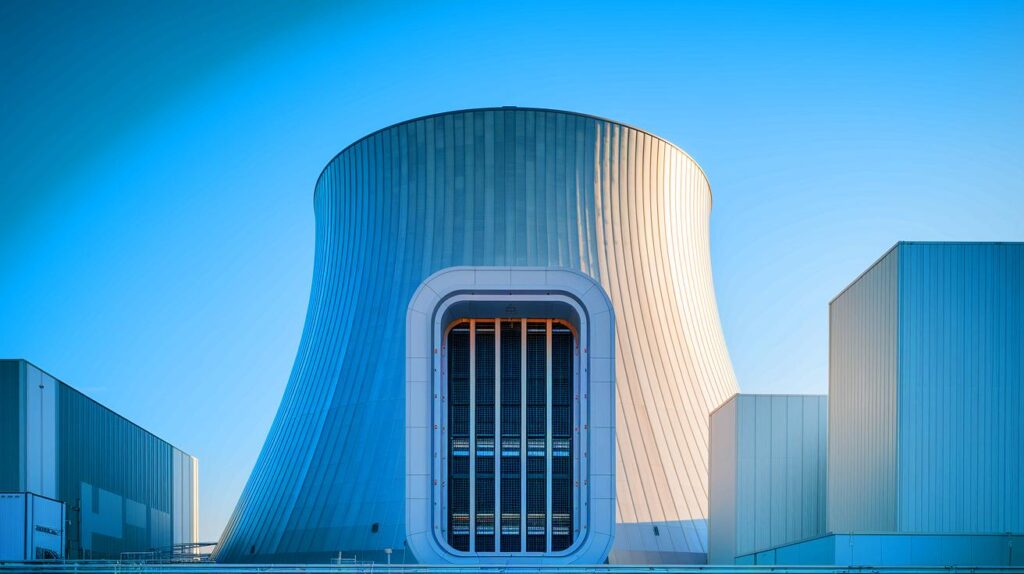| IN BRIEF |
|
Nuclear energy stands on the brink of a new era with China’s development of the world’s first hybrid fusion-fission reactor. This ambitious project, named Xinghuo, promises to transform the global energy landscape by the end of the decade. While other countries struggle to meet similar targets, China might take a decisive lead. What does this spectacular technological innovation conceal, and what will be its long-term impacts?
A monumental and innovative project
The construction of the hybrid fusion-fission reactor, named Xinghuo, represents a colossal investment of 20 billion yuan (approximately 2.76 billion US dollars). The goal is to generate 100 megawatts of continuous electricity, which could revolutionize global energy production. Located on the scientific island of Yaohu in Nanchang, Jiangxi Province, this project has already passed a crucial milestone with the establishment of an environmental impact assessment. This assessment will include baseline studies, analyses of air, water, noise, and ecological impacts, as well as pollution control measures and monitoring plans.
The choice of Jiangxi is not incidental, as this region is rich in copper resources, a crucial metal for manufacturing superconducting materials. Xinghuo, which means “spark,” takes its name from a famous quote by Mao Zedong: “A single spark can start a prairie fire.”
Strategic partnerships and technological innovations
The realization of Xinghuo is the result of a collaboration between China Nuclear Industry 23 Construction Corporation and Lianovation Superconductor, a subsidiary of Lianovation Optoelectronics. This strategic partnership aims to push the limits of current technology to achieve a Q value greater than 30. To put it in perspective, the Q value measures the ratio of thermal power produced to the input power used to heat the plasma in a fusion reaction.
In comparison, the International Thermonuclear Experimental Reactor (ITER), currently under construction in France, aims for a Q value greater than 10. In 2022, the National Ignition Facility in the United States achieved a Q of 1.5, meaning the fusion energy produced was 1.5 times greater than the laser energy delivered to the fuel. The ambitions of Xinghuo far exceed these achievements, symbolizing a major technological advancement.
Economic and environmental implications
Beyond the scientific advancement, the Xinghuo project could have significant economic and environmental repercussions. The creation of this hybrid plant could generate numerous jobs in the Jiangxi region, thus stimulating the local economy. Additionally, the use of fusion-fission technology promises to dramatically reduce carbon emissions, aligning China with its carbon neutrality goals.
The table below presents a comparison of key characteristics of nuclear fusion projects:
| Project | Target Q Value | Target Power (MW) | Investment (USD) |
|---|---|---|---|
| Xinghuo (China) | 30+ | 100 | 2.76 billion |
| ITER (France) | 10+ | 500 | 20 billion |
| National Ignition Facility (USA) | 1.5 | N/A | 3.5 billion |
Challenges and future prospects
Despite its promises, the Xinghuo project will need to overcome several technical and regulatory challenges. Technological innovation requires advances in material resilience and radioactive waste management. Additionally, social acceptance and environmental concerns will need to be carefully addressed to ensure the project’s success.
In the coming years, China could play a leading role in nuclear energy, influencing international standards and practices. Xinghuo may very well be the first spark of a global energy revolution, redefining our approach to large-scale sustainable energy production.
The hybrid fusion-fission plant Xinghuo represents a significant leap for nuclear energy, with potential impacts on the economy, the environment, and technology. As China makes strides in this field, the entire world is awaiting the outcomes of this groundbreaking project. What will be the next steps for the global nuclear industry, and how will other countries respond to this technological challenge?








